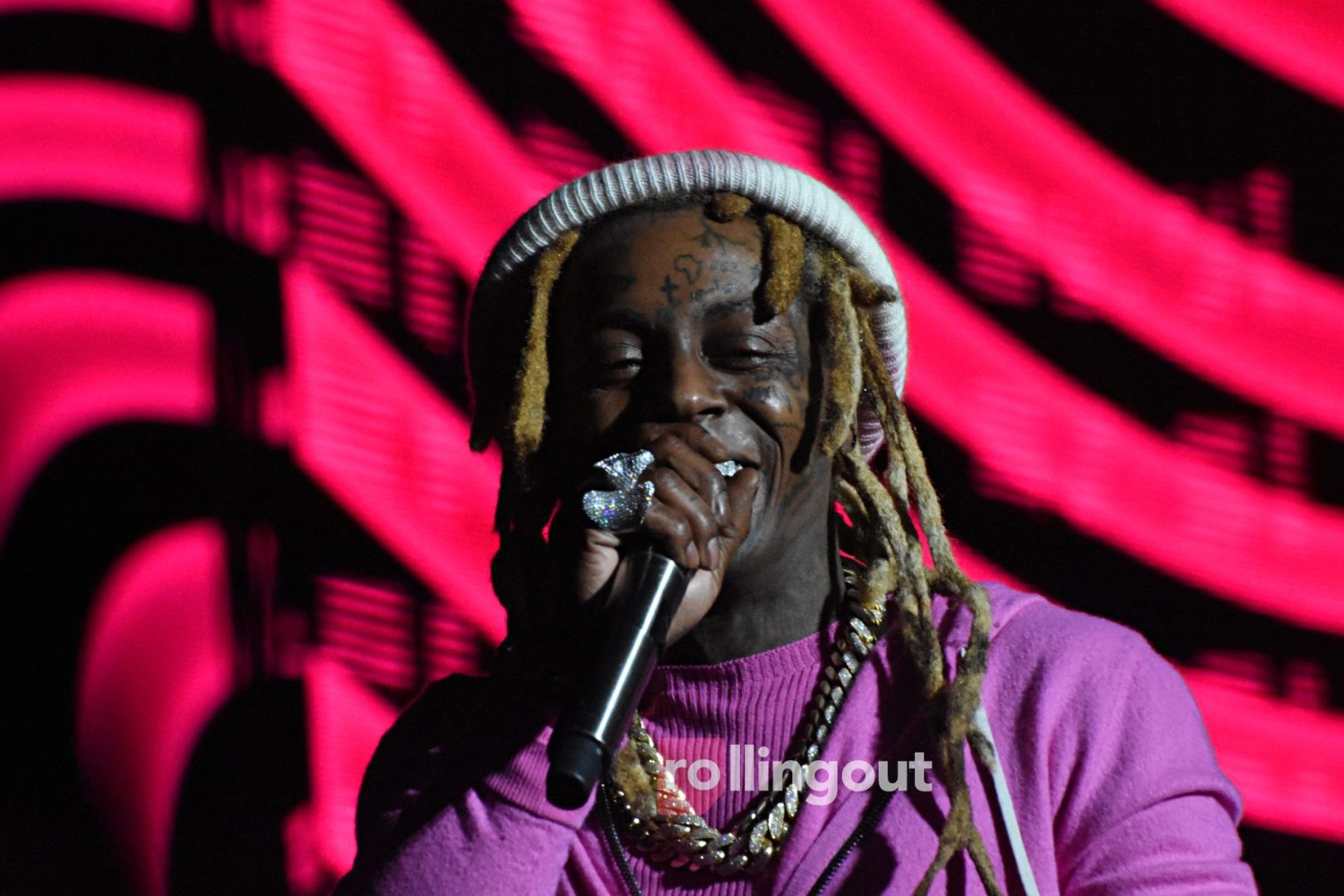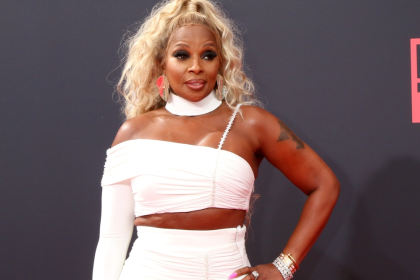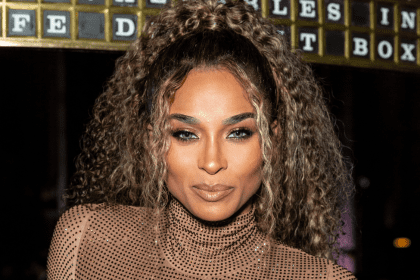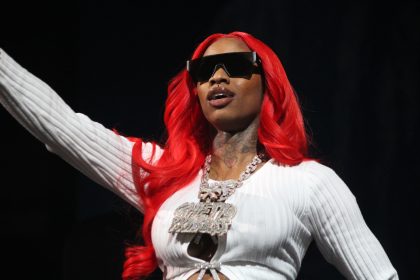Neal Carter, the 15-year-old son of rap legend Lil Wayne, has sparked discussion in the hip-hop community with his distinctive take on his father’s extensive discography. Known in the music scene as Lil Novi, the young Carter brings a fresh perspective to his father’s musical evolution, viewing it through the lens of a digital-age teenager. This generational gap provides unique insights into how hip-hop’s sound has transformed over the decades, particularly within one of the genre’s most influential families.
Modern taste meets classic catalog
Born in 2009, Neal’s musical journey coincides with the later phases of his father’s career, naturally influencing his preferences. His selection of Tha Carter V as Wayne’s pinnacle achievement reflects a generational shift in hip-hop appreciation. The album’s 2018 release followed a complex period of legal disputes with Cash Money Records, during which the hip-hop landscape underwent significant changes. This timing placed Neal in a unique position to experience his father’s work alongside contemporary artists, shaping his musical perspective in ways distinctly different from older fans.
Breaking down Tha Carter V’s impact
Tha Carter V represented more than just commercial success, though its impressive debut with 480,000 album-equivalent units demonstrates its widespread appeal. The album showcased Wayne’s evolution as an artist, incorporating modern production techniques while maintaining his legendary wordplay. Notable tracks like “Mona Lisa” featuring Kendrick Lamar and “Don’t Cry” with XXXTENTACION bridged different eras of hip-hop, creating a multigenerational appeal that resonated with both longtime fans and newer listeners.
The evolution of Wayne’s artistry
Throughout his career, Lil Wayne‘s artistic progression has been marked by distinct phases, each contributing to his legacy. From his early days with the Hot Boys to his emergence as the self-proclaimed “Best Rapper Alive,” Wayne’s journey spans multiple generations of hip-hop. Earlier works like Tha Carter II and Tha Carter III established his reputation for technical excellence and creative wordplay, while later releases demonstrated his ability to adapt to changing musical landscapes.
A new generation’s perspective on classic hip-hop
Neal’s preference for his father’s later work provides valuable insight into how younger listeners interpret classic hip-hop catalogs. This generational lens offers a fresh perspective on how hip-hop’s sound has evolved, particularly in terms of production values, vocal delivery, and thematic content. The contrast between Neal’s musical tastes and those of traditional Wayne fans highlights the ongoing evolution of hip-hop aesthetics and listener preferences.
Emerging from a legendary shadow
Neal’s venture into music represents more than just following in his father’s footsteps – it’s a study in navigating artistic identity while carrying a legendary surname. His sound, influenced by contemporary artists like Lil Uzi Vert, Playboi Carti, and Yeat, demonstrates the natural evolution of hip-hop through generations. This artistic choice reflects broader trends in the genre, where children of hip-hop legends often forge their own paths rather than attempting to replicate their parents’ styles.
The impact of musical heritage
Born to Lil Wayne and singer Nivea, Neal’s musical DNA combines two distinct artistic legacies. This unique heritage positions him at the intersection of multiple musical traditions, influencing both his appreciation for different styles and his approach to creating his own sound. His March debut showcased an artist actively seeking to establish his own identity while acknowledging the weight of his family’s musical legacy.
Contemporary influence and artistic development
Neal’s approach to music creation reflects the current state of hip-hop, where digital production tools and social media platforms play crucial roles in artist development. His high-pitched vocals and bass-heavy beats align with current trends, demonstrating how new artists interpret and build upon established hip-hop traditions. This evolution mirrors broader changes in the genre, where traditional elements merge with contemporary production techniques and delivery styles.
The challenges of musical succession
The mixed reception to Neal’s early musical efforts highlights the complex dynamics faced by children of legendary artists. While some listeners express skepticism, comparing his work to his father’s early career, others recognize the potential for growth and development. This duality reflects broader conversations about legacy and innovation in hip-hop, where new artists must balance respect for tradition with the need for individual expression.
Bridging generational divides
Neal’s perspective on his father’s catalog illuminates broader trends in how hip-hop appreciation evolves across generations. His preference for recent works over classic albums provides insight into how age and era influence musical taste, even within hip-hop’s first families. This generational divide reflects the genre’s continuous evolution and raises questions about how future generations will interpret and build upon hip-hop’s rich history.
















